The use of interactive touch panels in journalism
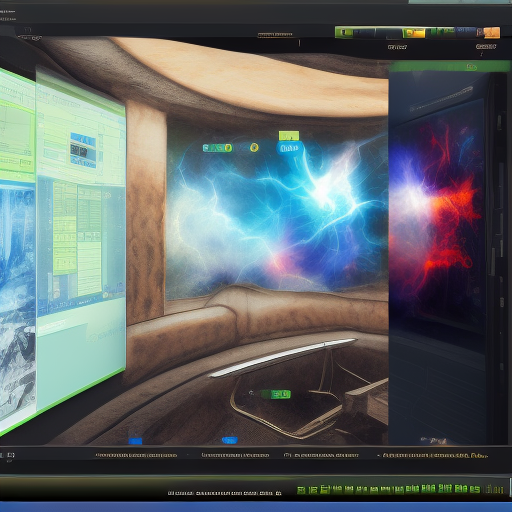
Interactive touch panels can be a powerful tool in journalism. Here are some ways they can be used:
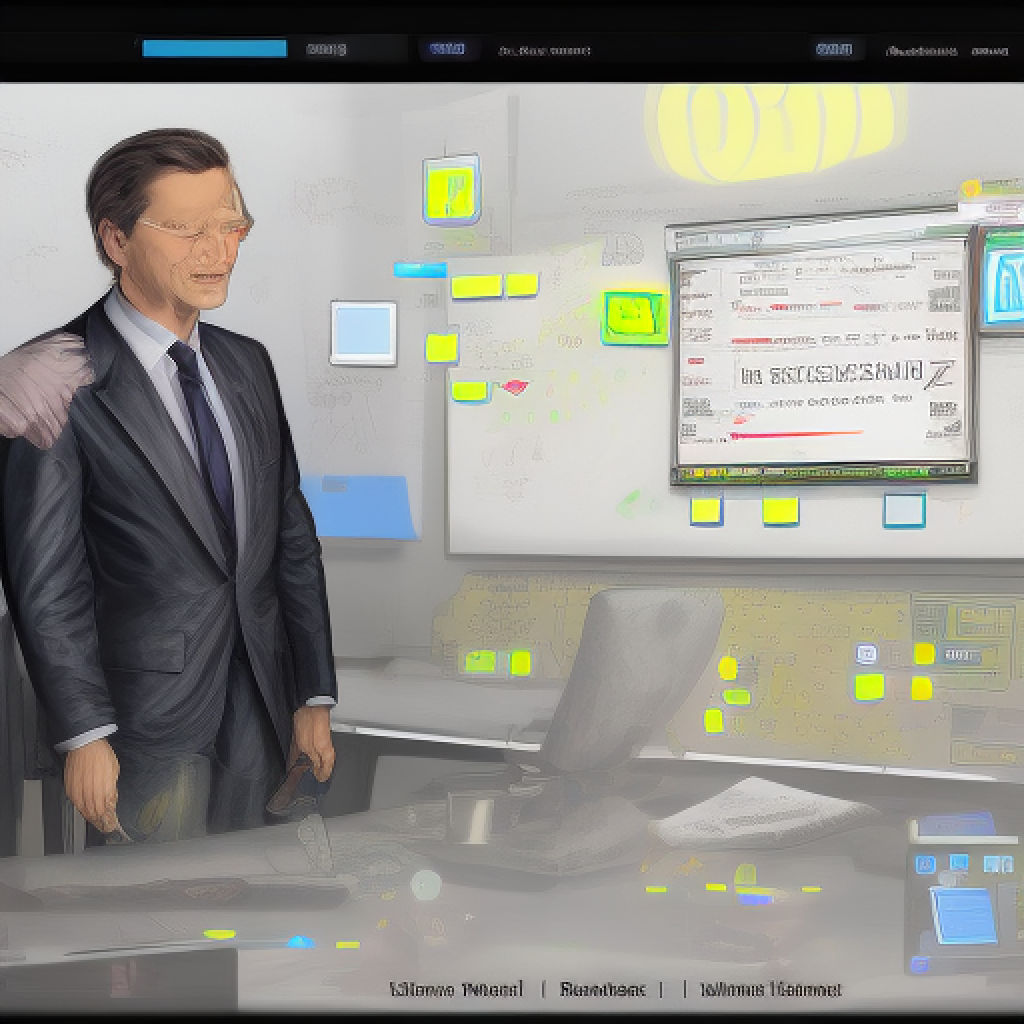
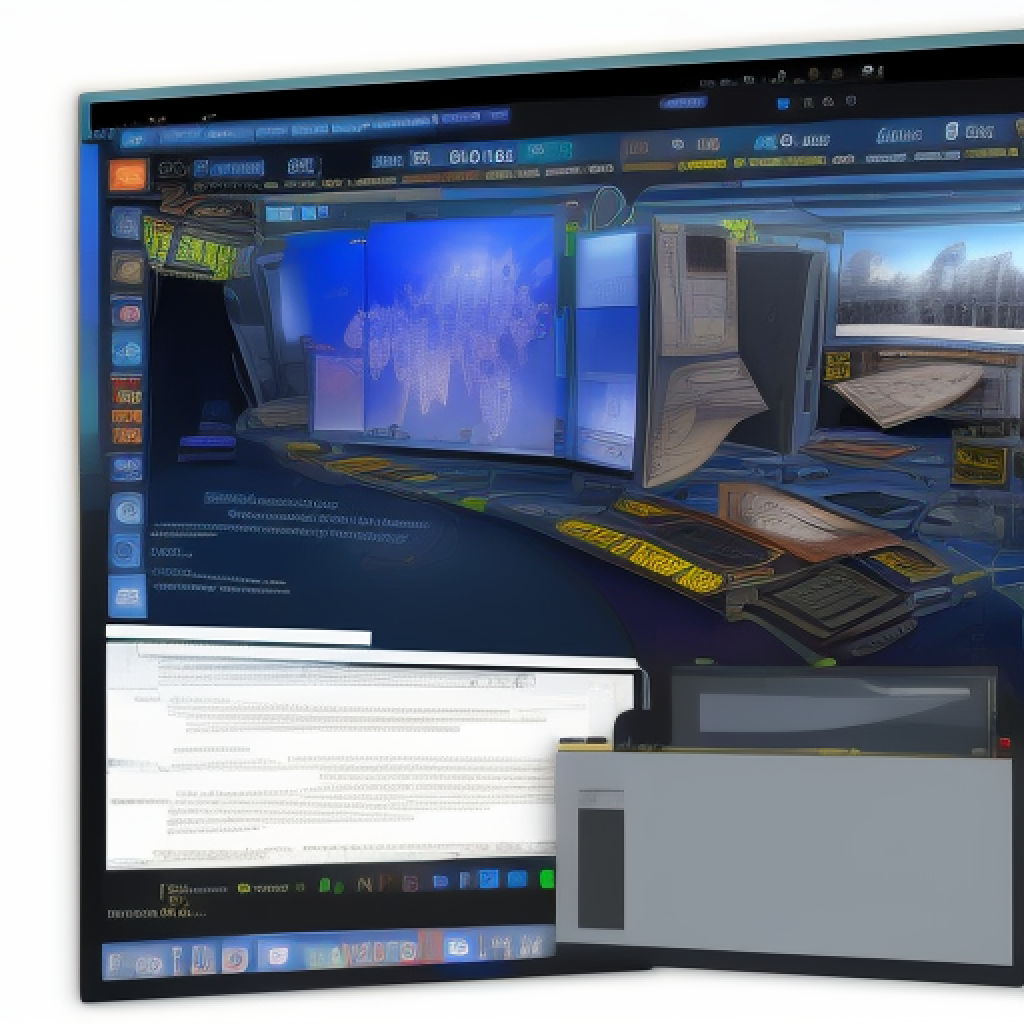
Data visualization is the process of presenting complex data and information in an easily understandable format. With the advent of technology, journalists are using interactive touch panels to present information to their audience. The use of these panels has revolutionized data visualization, making it easier to comprehend complex data. Interactive touch panels are becoming increasingly popular because they provide a dynamic way to present information. Journalists can use these panels to display charts, graphs, and maps that help to illustrate stories. With the help of these panels, journalists can present information in a visually appealing way, which makes it easier for their audience to understand complex information. The audience can interact with the information, zoom in and out of the charts, and even explore the data in more detail. Moreover, interactive touch panels are also useful for presenting real-time data. For instance, during a live broadcast, journalists can use these panels to display real-time data that is constantly updated. This provides the audience with the latest information, ensuring that they are up-to-date with the latest news. In addition to journalism, the use of interactive touch panels is also gaining popularity in other fields. For instance, businesses use these panels to present sales data, production metrics, and other key performance indicators. These panels are also useful in education, where teachers can use them to present information to their students in an interactive and engaging way. In conclusion, the use of interactive touch panels has revolutionized data visualization. Journalists, businesses, and educators can use these panels to present complex data in a visually appealing way, making it easier for their audience to understand the information. The use of these panels is likely to continue to grow in popularity as more people recognize their benefits.
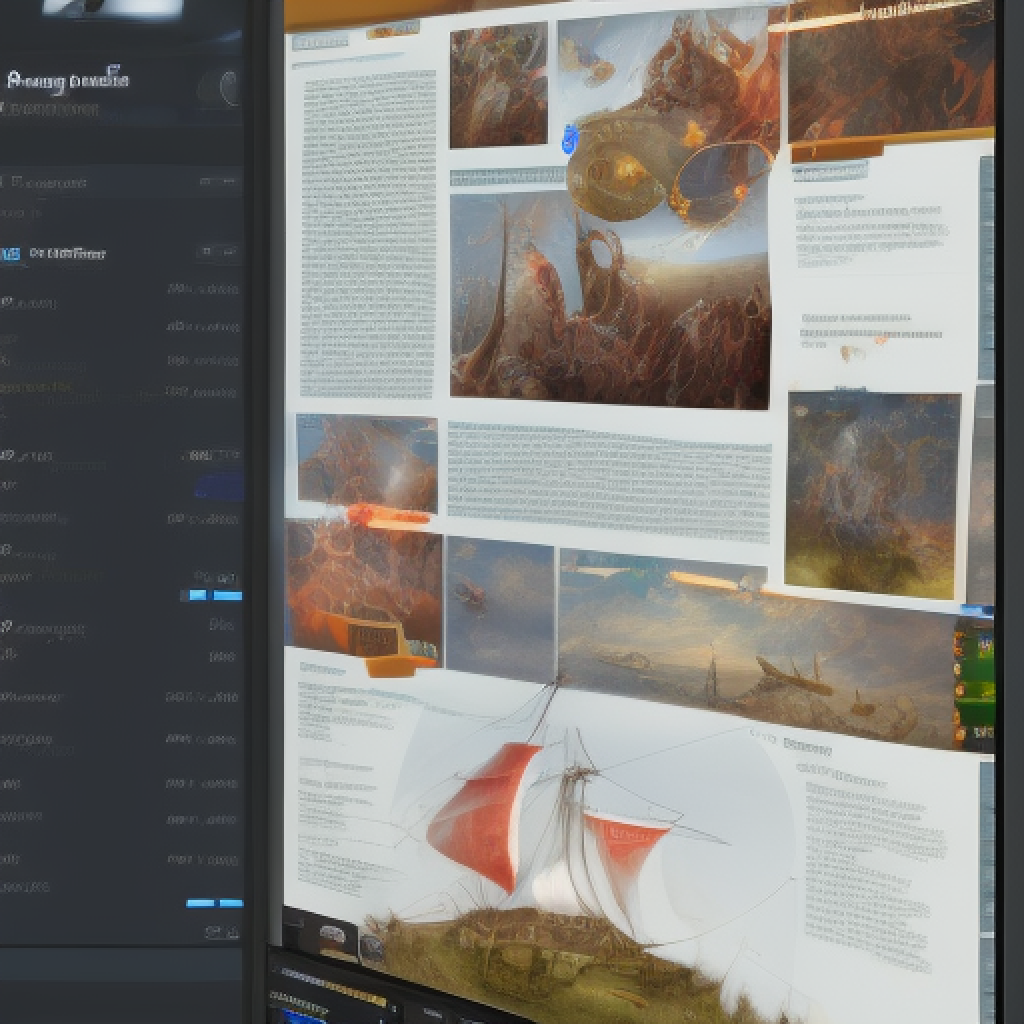

Immersive storytelling is an innovative approach that has taken the world of journalism by storm. It is a technique that involves the use of interactive touch panels to create a more engaging and interactive storytelling experience. The touch panels are equipped with multimedia content such as videos, photos, and audio recordings that help to bring a story to life. The idea behind immersive storytelling is to create an experience that is not only informative but also entertaining. One of the benefits of immersive storytelling is that it allows the reader to be fully immersed in the story. With the use of touch panels, journalists can create a more interactive experience where readers can engage with the content on a more personal level. The multimedia content helps to create a more vivid and realistic experience, which is more engaging than traditional storytelling methods. Another advantage of immersive storytelling is that it allows journalists to present information in a more accessible way. With the use of multimedia content, complex information can be presented in a more straightforward manner, making it easier for readers to understand. This is particularly useful for stories that involve technical or scientific information that may be difficult to grasp. Immersive storytelling is also highly effective in capturing the reader’s attention. With so much information available online, it can be challenging to capture the reader’s attention and keep them engaged. However, with the use of multimedia content and interactive touch panels, journalists can create a more visually appealing experience that is more likely to capture the reader’s attention. In conclusion, immersive storytelling is a powerful technique that has transformed the world of journalism. It provides a more engaging and interactive experience for readers, making it easier to present complex information in a more accessible way. Journalists can use this technique to create more visually appealing stories that are more likely to capture the reader’s attention. As technology continues to evolve, we can expect immersive storytelling to become even more prevalent in the world of journalism.
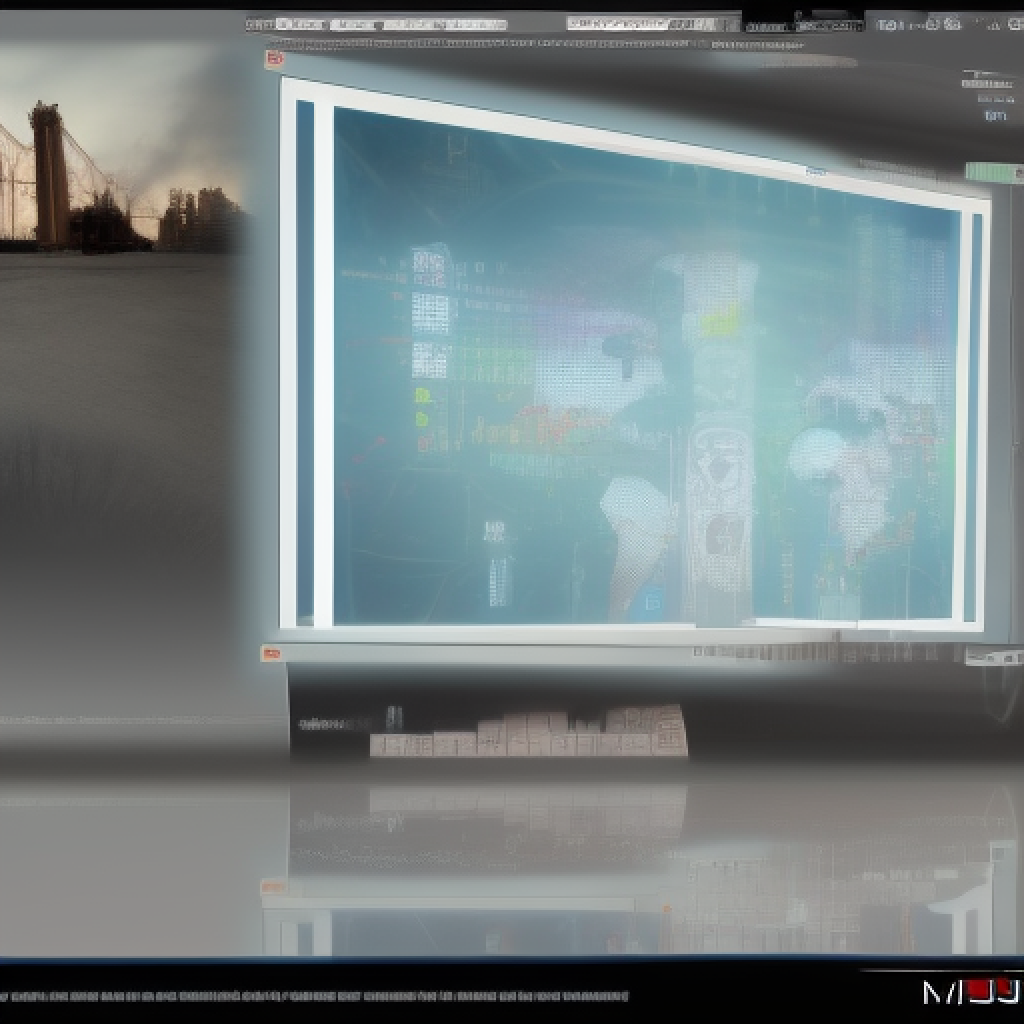
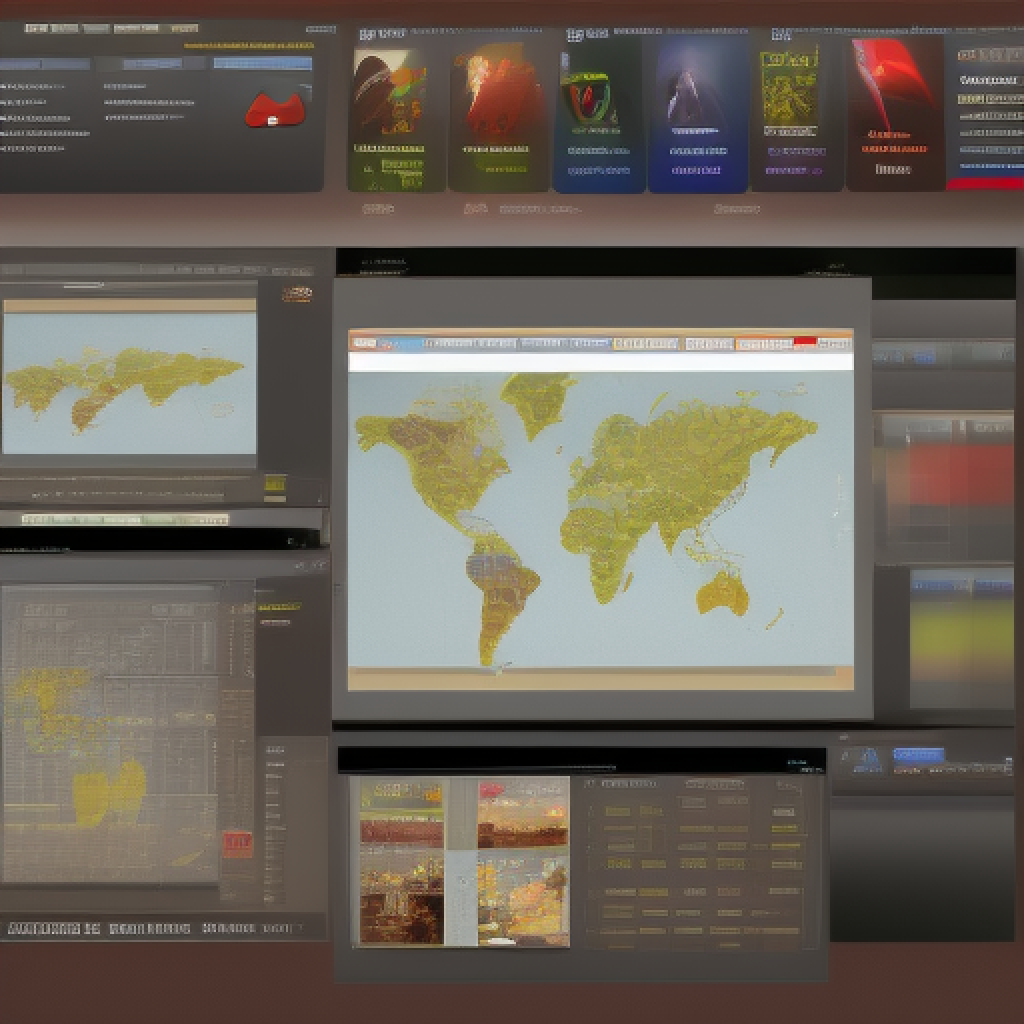
Interactive touch panels have revolutionized the way we engage with our audience. With the increasing demand for interactive content, it has become essential for journalists to provide their readers with a more engaging and interactive experience. Interactive touch panels are being used widely in the media industry to allow readers to interact with the content, be it news articles, videos, or images. These touch panels are user-friendly and provide an immersive experience to the audience. They can be used to create quizzes, polls, and surveys, allowing readers to share their opinions and views on various topics. This not only helps journalists to gather valuable feedback but also helps them to understand their audience’s preferences and interests. Moreover, these touch panels can be customized to suit the needs of different audiences. For instance, a touch panel designed for children can have interactive games and puzzles while the one designed for adults can have more serious content such as news articles and opinion polls. Interactive touch panels can also be used to create immersive storytelling experiences. Journalists can use them to create virtual tours, allowing readers to explore different places and learn about their history and culture. They can also be used to create interactive timelines, enabling readers to track the evolution of a particular event or phenomenon. In conclusion, interactive touch panels have become an essential tool for journalists to engage with their audience. With their versatility and user-friendly interface, they provide an immersive and engaging experience to the readers. They have the potential to transform the way we consume and interact with news and information. It is, therefore, imperative for journalists and media organizations to embrace this technology to stay ahead of the curve and provide their readers with a modern and interactive experience.
In the fast-paced world of news, collaboration is essential for journalists to produce high-quality content quickly and efficiently. Interactive touch panels have emerged as a game-changer in newsroom collaboration. These cutting-edge devices are designed to enhance communication and teamwork among journalists, producers, editors, and other members of the newsroom. Interactive touch panels, also known as interactive whiteboards, are touch-sensitive displays that allow multiple users to interact with the same screen at the same time. They come equipped with a variety of features, including drawing tools, video conferencing capabilities, screen sharing, and real-time collaboration applications, making them ideal for newsrooms. Journalists can use interactive touch panels to brainstorm story ideas, share research, and collaborate on writing and editing. They can also use these devices to provide feedback on each other’s work, ensuring that articles are accurate, concise, and engaging. In addition, interactive touch panels can be used to facilitate virtual meetings, allowing journalists to work together seamlessly, even if they are not in the same location. This feature is particularly useful in today’s increasingly remote work environment, where journalists may be scattered across different cities or even countries. Furthermore, interactive touch panels can be integrated with other newsroom technologies, such as news production software and content management systems, allowing journalists to access and update information quickly and easily. Overall, interactive touch panels have revolutionized newsroom collaboration, making it easier, faster, and more efficient for journalists to work together on breaking news stories, investigative pieces, and feature articles. With these devices, journalists can stay connected and work together seamlessly, producing high-quality content that keeps the public informed and engaged.
Interactive touch panels are revolutionizing the way we consume information, especially in the realm of live reporting. This technology has made it possible for people to receive real-time updates on breaking news, weather forecasts, and sports scores. The benefits of interactive touch panels in live reporting are immense, and they are reshaping the way we interact with information. One of the most significant advantages of interactive touch panels in live reporting is their ability to display real-time updates. This means that as soon as something happens or changes, it can be displayed on the panel. For instance, in the case of breaking news, a live panel can be set up to display updates as they come in from different sources. This is incredibly beneficial for people who need to stay up-to-date with current events or for journalists who need to report on the latest happenings. Another benefit of interactive touch panels in live reporting is their versatility. They can be used for a wide range of purposes beyond just displaying real-time updates. For example, they can be used to display interactive maps and graphics that help to visualize a story. This can be incredibly useful for weather updates, where an interactive map can show the current weather conditions, as well as forecasts for the coming days. Sports reporting is another area where interactive touch panels can be incredibly useful. In this context, they can be used to display live scores, player stats, and highlights from the game. This makes it easier for fans to keep track of the game and stay up-to-date with the latest developments. It also provides an excellent opportunity for broadcasters and sports journalists to add a new dimension to their reporting. In conclusion, interactive touch panels have revolutionized live reporting, providing real-time updates and enhancing the way we consume information. They have proven to be a versatile and effective tool that has found practical applications in various fields, including sports, weather, and breaking news. Interactive touch panels offer an opportunity to engage with audiences in new and exciting ways, and as technology continues to evolve, we can expect to see even more innovative uses for interactive panels in live reporting.







